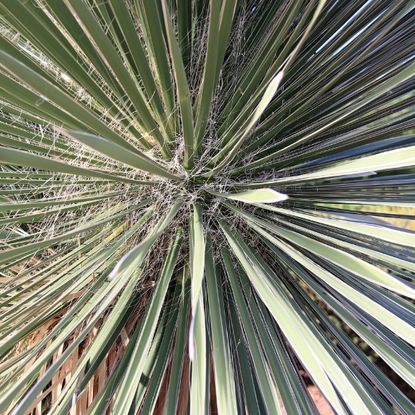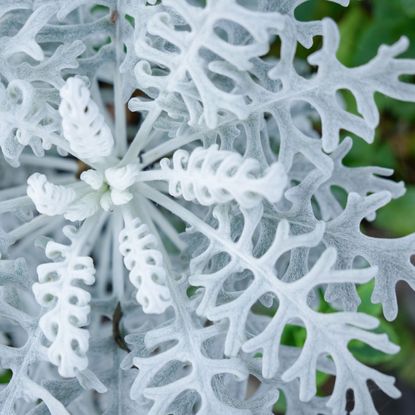Ideas & Inspiration
Your ultimate guide to Ideas & Inspiration: Everything you need to know with expert info for beginners and advanced gardeners alike.
Explore Ideas & Inspiration
Ideas & Inspiration
-
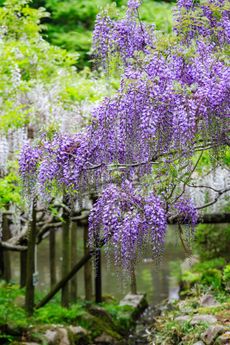
Pros And Cons Of Growing Wisteria Vines In Gardens
Wisteria vines are beautiful in gardens, traveling over trellises and patio roofs. Learn what to do when they become a problem.
By Bonnie Grant
-

Top 10 Questions About Nasturtiums
Nasturtiums are beautiful and the flowers are edible. Read about the top 10 questions we get about nasturtium plants.
By Laura Miller
-
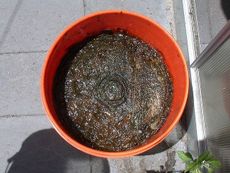
How To Kill Multiflora Rose Bushes - My Battle With Wild Rose Bushes
If there is one weed I despise seeing in my yard, it's the multiflora rose bush. These wild rose bushes have thorns which snag and grab me whenever I get close.
By Laura Miller
-
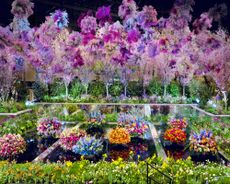
7 Key Trends We’re Taking From The Philadelphia Flower Show
Showcasing dazzlingly flamboyant floral arrangements and landscaping designs, the Philadelphia Flower Show 2024 also revealed the key themes that should be on every gardener's agenda this year.
By Melanie Griffiths
-
Top 10 Questions About Weeds
By Mary Ellen Ellis
-
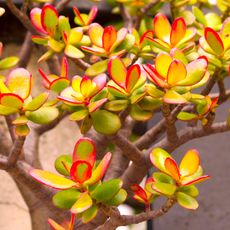
Grow These 8 Lunar New Year Plants For The Year Of The Dragon
The Year of the Dragon can inspire us to grow with courage and vision – but which flowers bring the most prosperity and fortune? We round up the luckiest Lunar New Year plants
By Janey Goulding
-
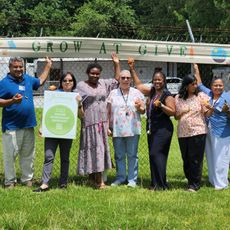
The Grow Garden at GIVE - 2022 Grant Recipient
This alternative school in Georgia is using its garden to teach kids in all new ways.
By Caroline Bloomfield
-
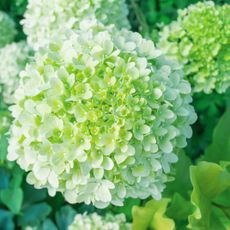
Cyber Lime Plants: Grow The 2024 Color Of The Year In Your Garden
If you’ve yet to sample the surprising cyber lime – the Garden Media Group’s 2024 Color of the Year – this is your chance to see how gorgeous it can be in plants and flowers
By Amy Grant
-

Common Ground Community Garden - 2022 Grant Recipient
This Texas community garden has been getting people out of their apartments and into nature for 12 years.
By Caroline Bloomfield
-

Valley Daycare - 2022 Grant Recipient
By Caroline Bloomfield
-

Enclosed Porch Garden - Indoor Gardening On The Porch
I wasn't impressed with the enclosed front porch until realizing I have a greenhouse attached to the house year round. Here's what I grow.
By Laura Miller
-
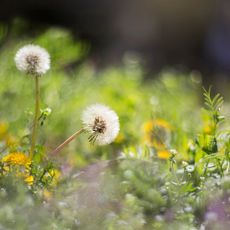
Pros And Cons Of Growing Weeds In The Garden
By Nikki Tilley
-
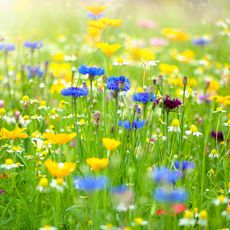
Top 5 Tips for Growing Wildflowers
By Mary H. Dyer
-

Gardening Know How Community Gardening Grant Program
Every year, 20 deserving school or community garden programs throughout North America are awarded a grant to help continue their efforts in their community.
By Gardening Know How
-
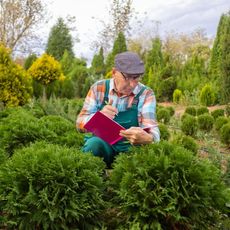
Free Gardening Know How Guides Created Just for You
By Gardening Know How
-
Multimedia Producer
Do you have an eye for what makes a good video to go along with your green thumb? Do your online photo galleries show more plants than people?
By Gardening Know How
-
Gardening Know How Writer
We’re currently looking for a Gardening Know How Writer to join our team and help us spread our love of plants.
By Gardening Know How
